WHY OUR APPROACH TO ‘STEALTH’ HAS TO CHANGE
- By Alex Hollings
Share This Article
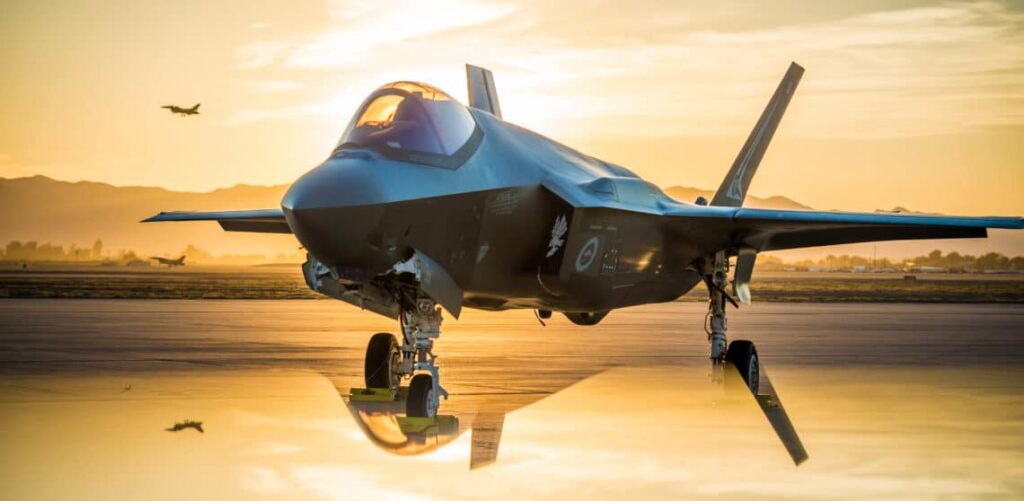
The United States has maintained the technical edge in stealth technology for nearly thirty years, but if America hopes to keep it, we’ll need to develop new ways to leverage our stealth aircraft.
The introduction of the F-117 Nighthawk in 1983 represented a pivotal shift in military aviation, proving once and for all that aircraft survivability does not have to be a measure of brute force. After decades of pushing the envelopes of both speed and altitude, the F-117 took a different track. Despite its “fighter” designation, the F-117 was anything but; The Nighthawk possessed no air-to-air capabilities whatsoever, and in fact, was only barely faster than the massive B-52 bomber, which entered service some thirty years before the Nighthawk first took to the sky. It wasn’t the Nighthawk’s performance that made it special, it was its ability to skirt past enemy defenses.
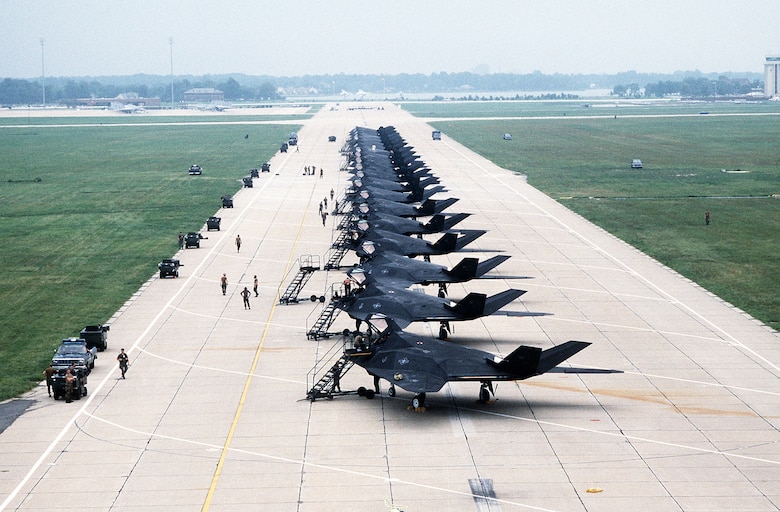
That ability is commonly referred to as “stealth” as though the technology is singular. In truth, however, stealth is accomplished through multiple overlapping technologies, production methodologies, and combat tactics. Like any military capability, stealth can be degraded by newer and more advanced air defense or weapon systems, or through novel strategy — like that employed by Lt. Col. Zoltán Dani of the Yugoslavian Army when his unit successfully downed a Nighthawk with a Soviet-era air-to-air missile in 1999. That incident serves as a reminder that stealth doesn’t mean invisible. In fact, often, stealth doesn’t even mean undetectable.
You’re probably thinking about stealth in the wrong way.
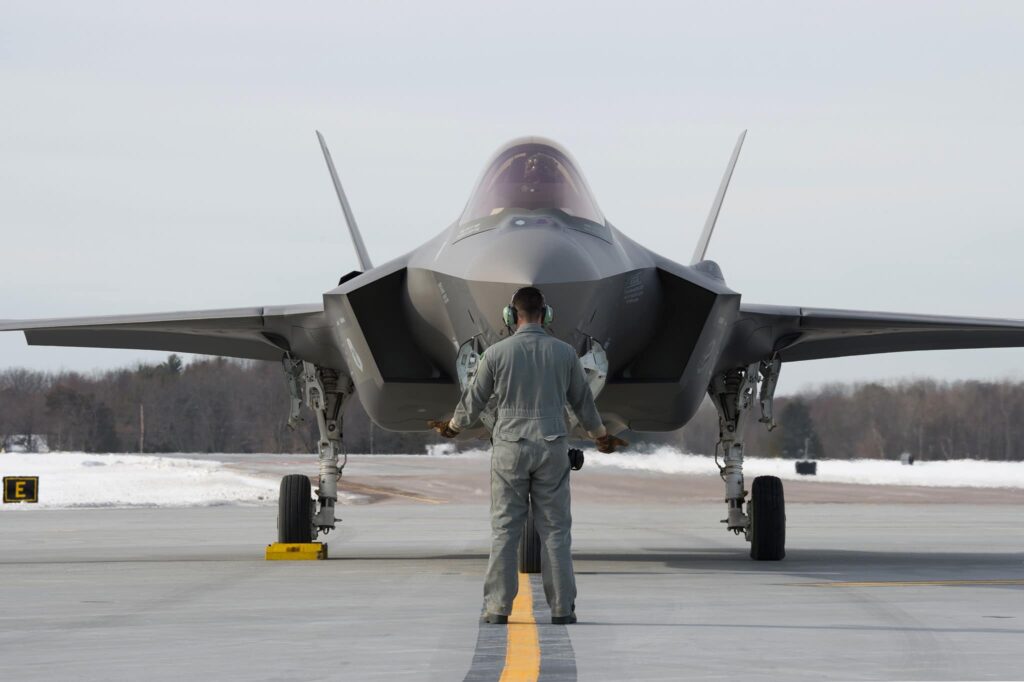
The F-117’s unique shape was born out of a design Lockheed’s Skunk Works dubbed, “the hopeless diamond.” Its unusual body, adorned with hard angles and jagged edges, bears little resemblance to the sleek and sexy stealth fighters of today like the F-35 and F-22, but there’s good reason for that. In order to defeat radar, Lockheed had to rely on computers to do the really heavy lifting when it came to determining the aircraft’s design.
Back in the late 70s and early 80s, computing power was limited, forcing an unusual (and some feared un-flyable) shape in order to reflect radar effectively. The sleek lines of modern stealth fighters do not represent a shift in our approach to defeating radar, so much as a maturation of what was a fairly rudimentary approach to the problem. Today, when we think of stealth, we often still think of it as a means of defeating radar–but the truth is more complicated than that.
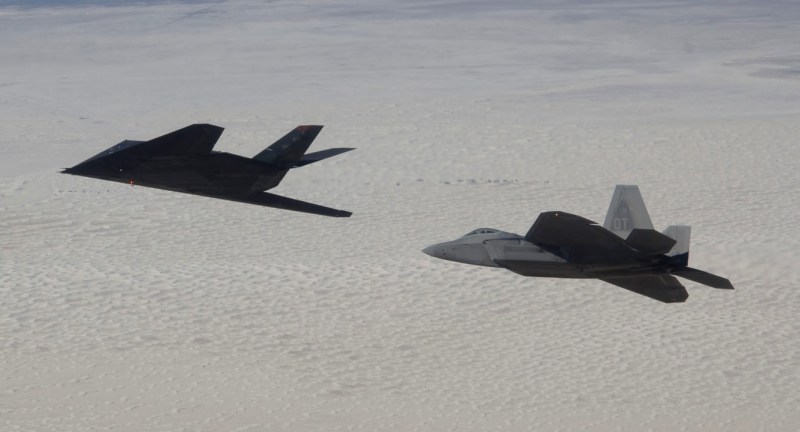
Technically speaking, even the most advanced stealth aircraft like the F-22 Raptor or F-35 Joint Strike Fighter are still susceptible to tracking via radar, it’s just not the right kind of radar to be able to shoot them down. Radar works by projecting electromagnetic waves into the air and then reading the radar return that gets bounced back by an aircraft those waves make contact with. Radar arrays can be built to utilize high or low-frequency bands for these purposes, but stealth fighters are really only designed to sneak past those of the high-frequency sort.
Lower frequency radar bands can often spot stealth aircraft as they enter their airspace, and China has even claimed that they have in the case of the F-22. But because of the nature of that lower frequency, these systems may be able to spot a stealth aircraft, but they won’t be able to target one effectively enough to actually hit it with a surface to air missile. Because of this, stealth fighters are primarily designed to defeat just high-band radar, to limit the enemy’s ability to actually target them.
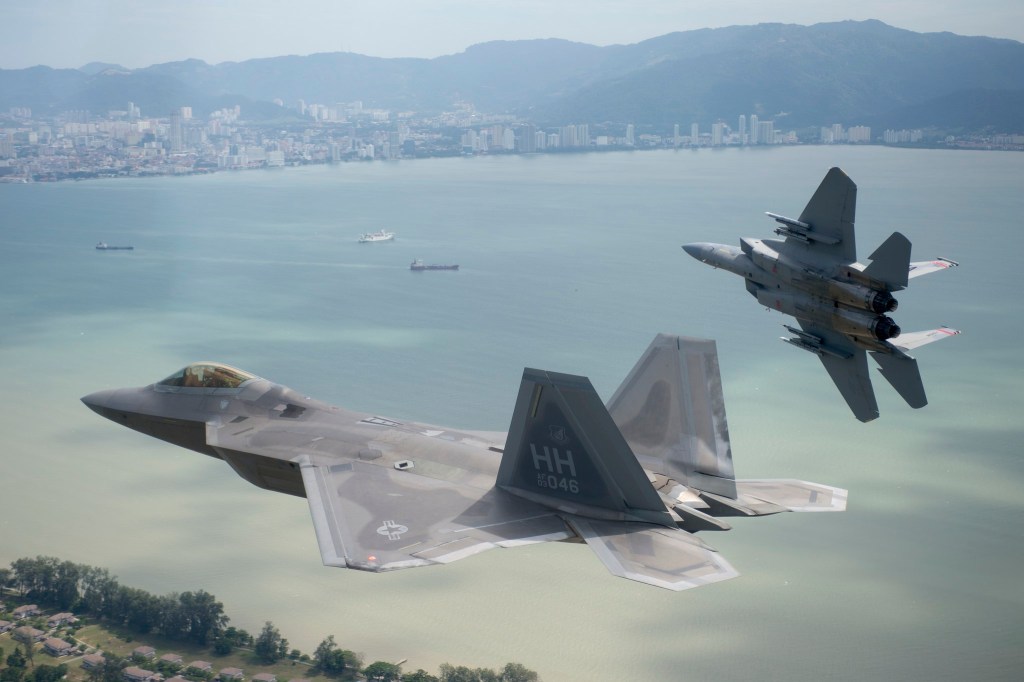
In other words, stealth doesn’t even mean invisible to radar… it really just means these jets are a lot harder to shoot down than others. Often, you’ll hear Air Force pilots refer to stealth as a means of delaying detection, not defeating it, for this very reason.
Other important elements of a stealth aircraft include limiting its infrared signature by shielding the jet outlets and dissipating as much heat as possible, otherwise, these aircraft would be susceptible to missile attacks that leverage “heat-seeking” capabilities. Other electronic countermeasures are also often employed, to help further limit detection or engagement, and finally, the tactics leveraged by the pilots of stealth aircraft are meant to lean into strengths while mitigating weaknesses, ensuring that these jets engage targets in a manner that presents the smallest possible risk of detection.
Why stealth has to change
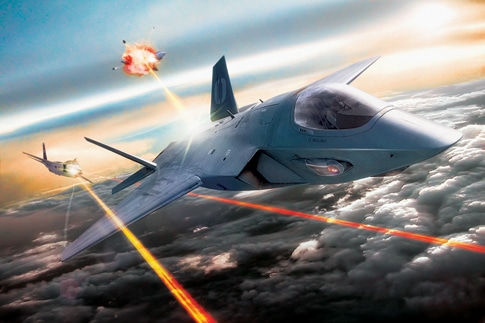
Stealth technologies are always changing and maturing, from the design of stealth aircraft to the radar-absorbent coating they’re painted with, but in order to remain competitive in a conflict with a technologically advanced opponent, America’s sneaky aircraft may not cut it using stealth alone.
Russia and China have both claimed to have developed air defense systems capable of engaging stealth aircraft, and while Russia’s claims should always be taken with a grain (or handful) of salt, it truly is only a matter of time before a means of detection comes along that reduces the efficacy of America’s stealth doctrine. At that point, America will once again find itself bumping its head on the technological ceiling as it had decades prior with pre-stealth aircraft like the SR-71 Blackbird. Despite flying faster than Mach 3.2 and higher than 80,000 feet, air defenses and intercept fighters began closing the capability gap with the famed Blackbird, forcing a shift toward satellite reconnaissance and a great deal of emphasis on stealth in the years that followed.
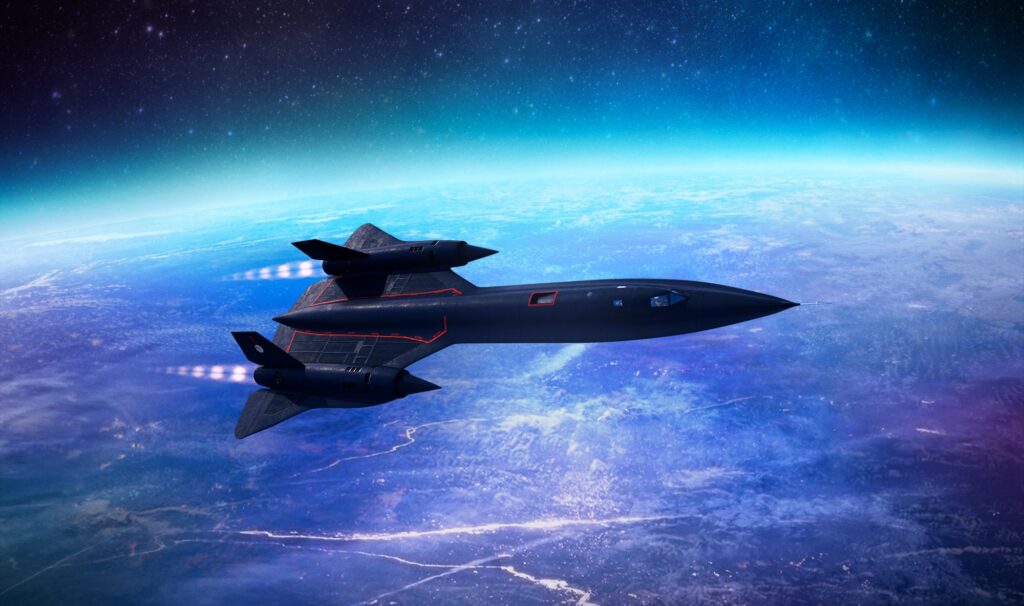
Today, America’s air power is once again approaching such a crossroads, with standing fleets of stealth aircraft America’s enemies have been working to detect more effectively for decades. Now, it’s important to point out that the world is likely a long way off from developing air defenses that can truly defeat the stealth capabilities of jets like the F-35, but it’s equally important to remember that such a system doesn’t have to work every time to represent a serious threat. Russia’s S-400 air defense system, for instance, has already been touted as capable of engaging F-35s (though many question those claims).
“Russia has invested in low-band early warning radars, with some great variants out there, but can it use these to put a good picture together, and process it to develop a track against low-observation aircraft?â€asked Mike Kofman, a research scientist specializing in Russian military affairs at CNA Corporation.
“It’s great being able to see an aircraft or parts of it, but getting accuracy such that you can confidently get a missile near the target is the primary challenge.”
It seems likely that even the most advanced air defense systems of today likely can’t identify, track, and target an F-35… but these jets are meant to stay on duty for next half century, meaning there’s still plenty of time to work out the kinks.
At the end of World War II, America has some 300,000 combat aircraft. Today, that figure has been reduced to around 13,000. Of course, America’s military aircraft of today are far more capable than the underdeveloped and often highly specialized platforms of the Second World War… but no matter how capable the platform, it can still only be in one place at a time. Of those 13,000 aircraft, only a few hundreds of them are F-35s, just 186 are F-22 Raptors, and only 20 are stealthy B-2 Spirits. With such small numbers of stealth jets, losing just a handful could be a significant setback. A new F-35 will run the taxpayers around $80 million, and the last time America paid for a B-2 Spirit, they rang in at an astonishing $737 million a piece… in 1997 dollars.
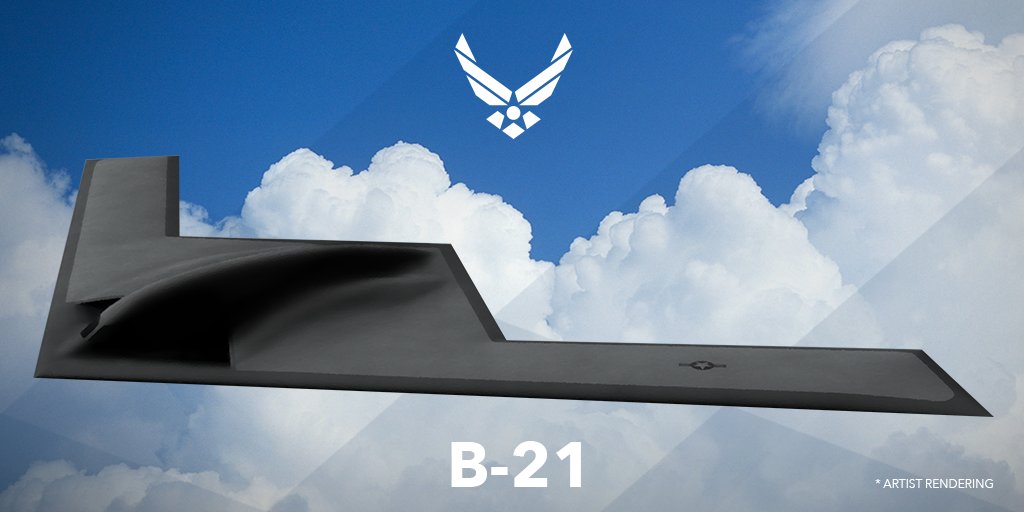
America simply doesn’t have the volume of stealth aircraft it would need to be willing to fight an air war of attrition if an opponent were to field an air defense system that’s even moderately capable of downing stealth jets. In such a conflict, stealth will have to be coupled with decoys and technological disinformation in order to be both effective and survivable. In effect, stealth will become that much more effective when awash in a sea of white targeting noise.
Decoys and Drone Swarms: Stealth’s best friend
Russia, China, the UK, and the United States have all made statements suggesting the development of 6th generation fighters, and while the generational designation isn’t quite as scientific as it sounds, expectations for this new brood of fighters are high. These new jets are expected to leverage the same stealth and data fusion capabilities found in the F-35 and more, including high power output for directed energy weapons (lasers), and potentially even plasma hologram systems that can distract inbound missiles. Among these exotic possibilities is one the Air Force and other organizations are already focused on: Coupling crewed fighters with uncrewed combat vehicles.
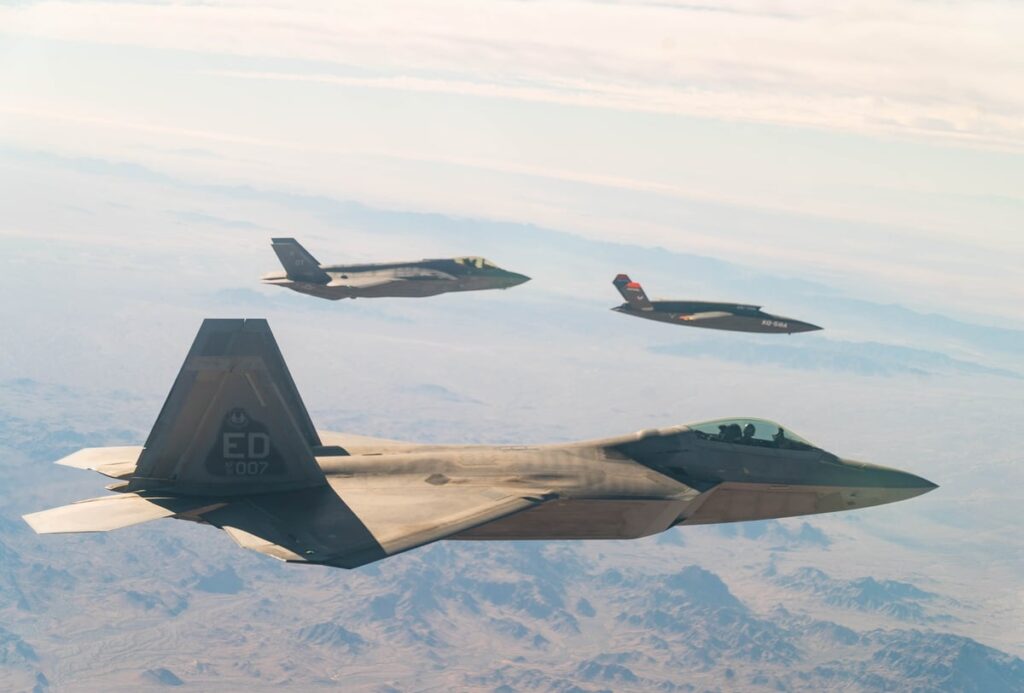
Much has already been said about the value drone wingmen can provide a 5th or 6th generation fighter, from extended sensor capabilities to engaging ground targets and more. There’s also been a fair amount of discussion regarding how low cost “attritable” UCAVs like Kratos’ Valkyrie could allow for even broader mission sets thanks to the lost price of these highly capable drones. Each Valkyrie drone costs only slightly more than a Tomahawk cruise missile, making their loss easier to accept among military leaders.
Last March, I explained in Popular Mechanics how platforms like the Valkyrie can help America return to air superiority through volume. Coupling crewed fighters with constellations of UCAVs would allow America to put a World War II-like number of aircraft into a fight, without matching that conflict’s scale of casualties. Attritable drones could intentionally occupy air defenses by allowing themselves to be destroyed, depleting missile magazines, and allowing the crewed aircraft to continue the fight–overwhelming even the most advanced systems through sheer volume, rather than sneakiness alone.
With conspicuous drone targets to engage swarming around air defense systems, America’s stealth jets would be able to more effectively sneak through the chaos. In fact, a similar approach was leveraged in the early days of the Persian Gulf war, with drones not only absorbing anti-air missiles, but also helping to highlight where these missile batteries were.
But it’s not just the combat drones like the Valkyrie that will need to play a role here. In order to keep the heat off of our stealth aircraft, America will need to find ways to draw the enemy’s attention elsewhere.
Enhancing stealth through technological disinformation
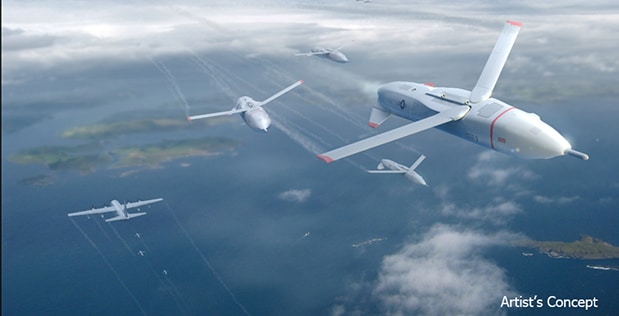
Throughout the past two decades of warfare, the United States has found itself competing with technologically inferior opponents, which has prompted a very specific approach to information warfare. America hasn’t had to worry about offsetting the technological capabilities of its opponent, so instead, it has focused on maturing our understanding of the battlespace. One unintentional byproduct of that focus has been a reduced emphasis on manipulating enemy awareness.
“Given their overwhelming preponderance of power, U.S. forces sought primarily to clear the fog of war, not to exacerbate it for the enemy,” writes Scott Savitz, a senior engineer at the Rand Corporation, for USNI’s Proceedings.
“This must change, both because potential U.S. adversaries are more capable, and because technological advances are making it easier and cheaper for even lower-end actors to acquire sufficient knowledge of the battlespace to effectively target U.S. forces. “
Now, in Savitz analysis, his focus is not specifically on air platforms, but rather on all of warfare with a technologically capable opponent. Savitz argues that America has adopted the most expensive possible approach to deceiving the enemy: Looking for ways to keep our assets hidden, rather than compromising the enemy’s ability to assess the battlespace. Per Savitz’ line of thinking, it’s cheaper and easier to hide real assets in a sea of fake ones than it is to make those real assets undetectable in the first place.
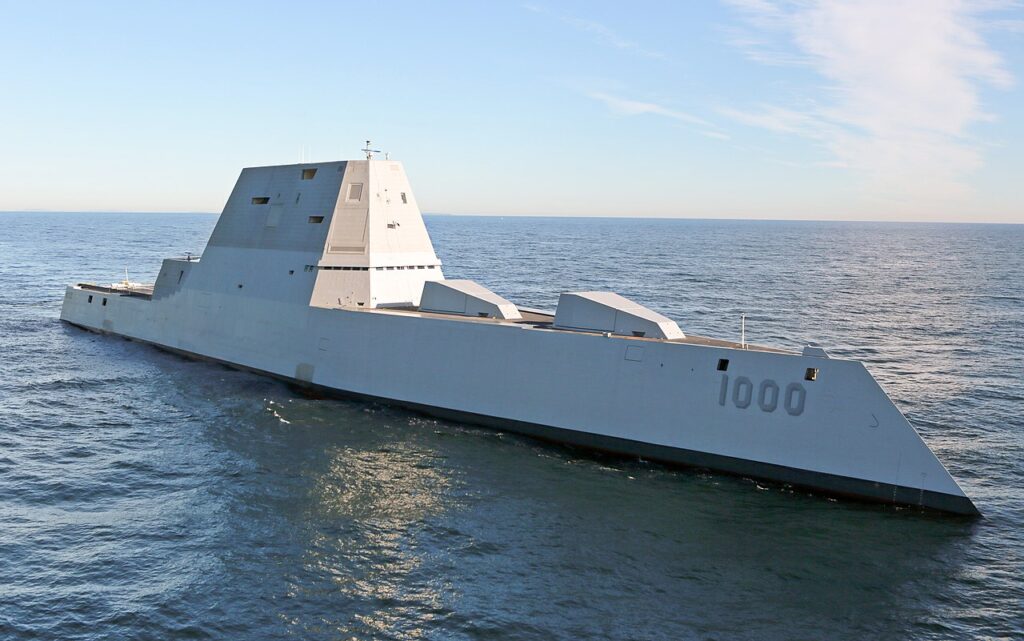
Savitz doesn’t suggest we do away with our stealth platforms. Instead, he suggests shifting the way we leverage these assets to include a concerted disinformation effort through technology. By fielding drones and drone swarms specifically designed to mimic the behavior and readable signatures of other assets (like tanks, ships, or aircraft), Savitz believes we can confuse the battle space, creating delays in enemy responses. Put simply, Savitz wants to use drones and cyber attacks to manifest a digital “fog of war” that would compound the existing mental stressors associated with combat.
Make the enemy second guess the data in front of them, and you have the advantage.
“Most important, EW and cyberattacks can cast doubt on the accuracy and utility of various systems, while also slowing down an entire ISR network. Parts of the network that operate only intermittently, or behave erratically, are less likely to be trusted.” Savitz explains.
“Credible concerns about EW and cyberattacks degrading information can gnaw on an adversary’s decision-makers as they struggle to interpret a real world full of panoramic illusions. This also can contribute to friction among people and commands as they argue over which systems have been tampered with to what degrees.”
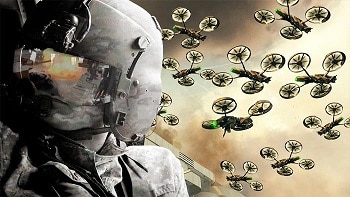
From a strategic standpoint, this approach to creating confusion within the enemy command structure coupled with the sort of advanced stealth capabilities found in forthcoming platforms like the B-21 Raider could be enough to overwhelm even a technologically capable opponent. In the years to come, leveraging stealth platforms without coupling them with attention-grabbing decoys may be seen as outdated as lining up infantry troops across from one another for volley after volley of fire.
In order to defeat a nation with any degree of technological parity with the United States, America will have to change the way it approaches warfare. In the 21st century, deception and disinformation can be just as powerful as their kinetic counterparts, and nowhere is that more apparent than in the realm of stealth.
Related Posts
Sandboxx News Merch
-

‘AirPower’ Classic Hoodie
$46.00 – $48.00Price range: $46.00 through $48.00 Select options This product has multiple variants. The options may be chosen on the product page -

‘Kinetic Diplomacy’ Bumper Sticker (Black)
$8.00 Add to cart -

‘Sandboxx News’ Trucker Cap
$27.00 Select options This product has multiple variants. The options may be chosen on the product page

Alex Hollings
Alex Hollings is a writer, dad, and Marine veteran.
Related to: Airpower, Military Affairs
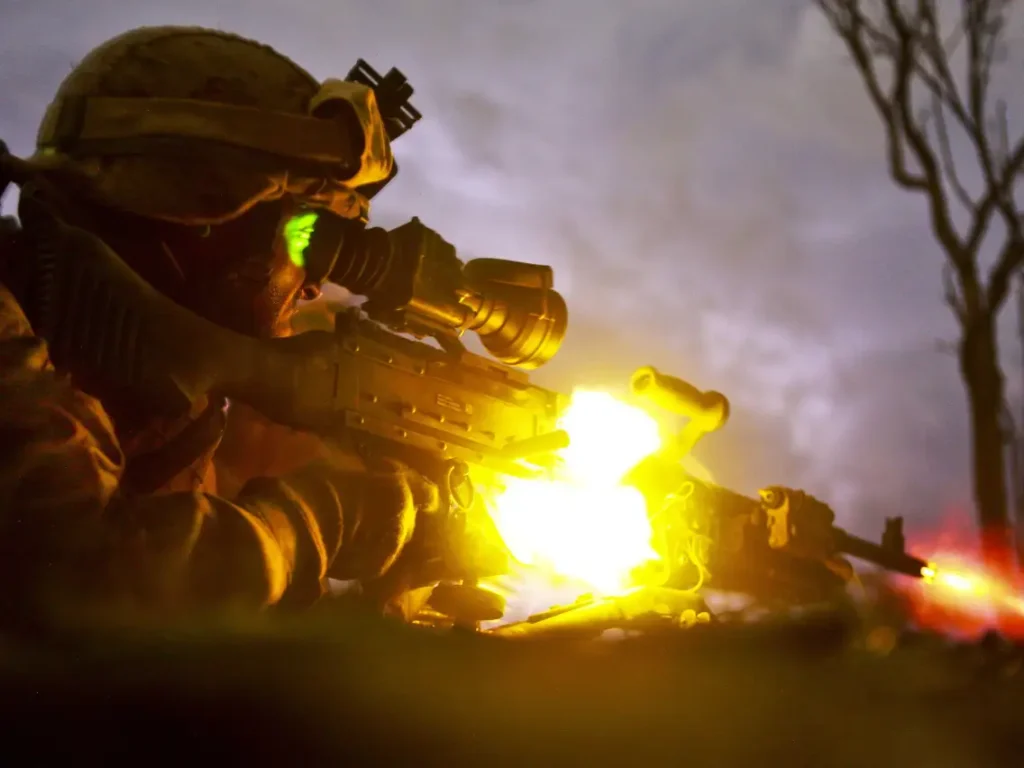
How US Special Forces took on Wagner Group mercenaries in an intense 4-hour battle
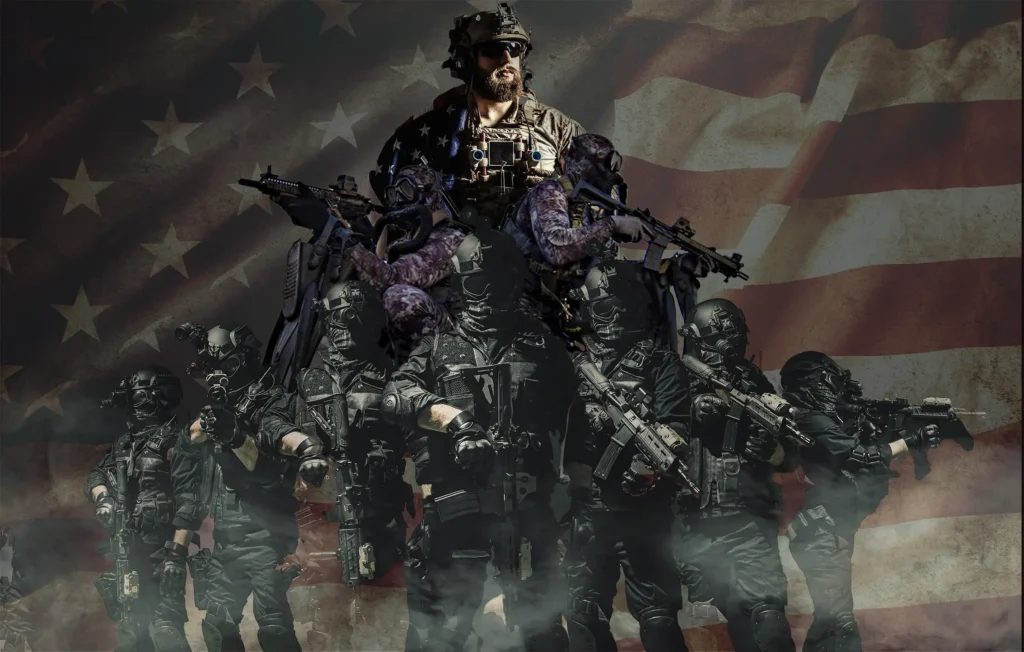
The social hierarchy of US special operations units
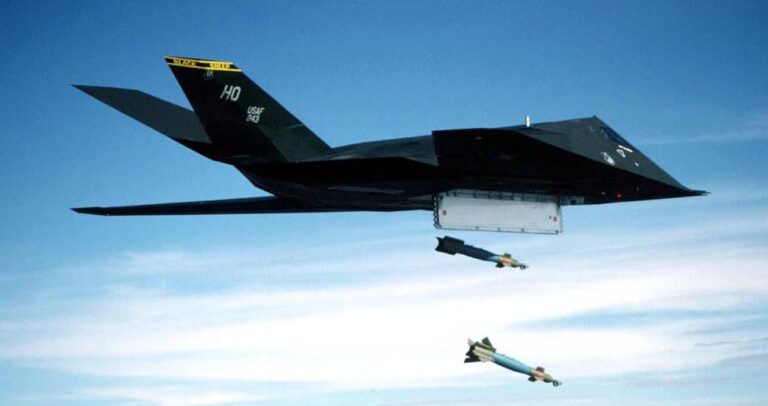
It took more than stealth to make the F-117 Nighthawk a combat legend
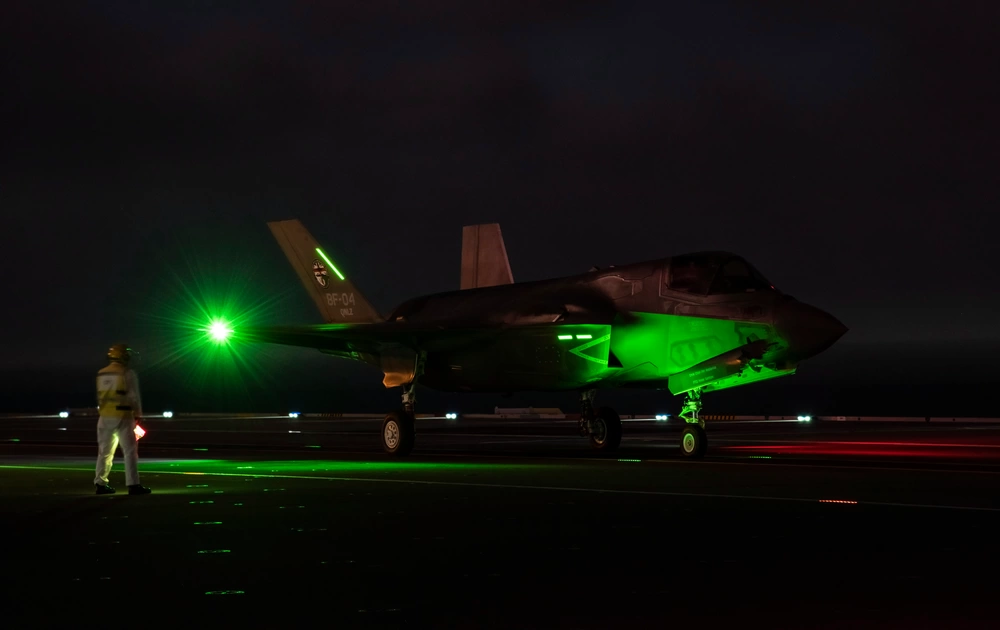
New material from North Carolina State University could revolutionize stealth aircraft (and even warship) design
Sandboxx News
-

‘Sandboxx News’ Trucker Cap
$27.00 Select options This product has multiple variants. The options may be chosen on the product page -

‘AirPower’ Classic Hoodie
$46.00 – $48.00Price range: $46.00 through $48.00 Select options This product has multiple variants. The options may be chosen on the product page -

‘AirPower’ Golf Rope Hat
$31.00 Select options This product has multiple variants. The options may be chosen on the product page -

‘Sandboxx News’ Dad Hat
$27.00 Select options This product has multiple variants. The options may be chosen on the product page
